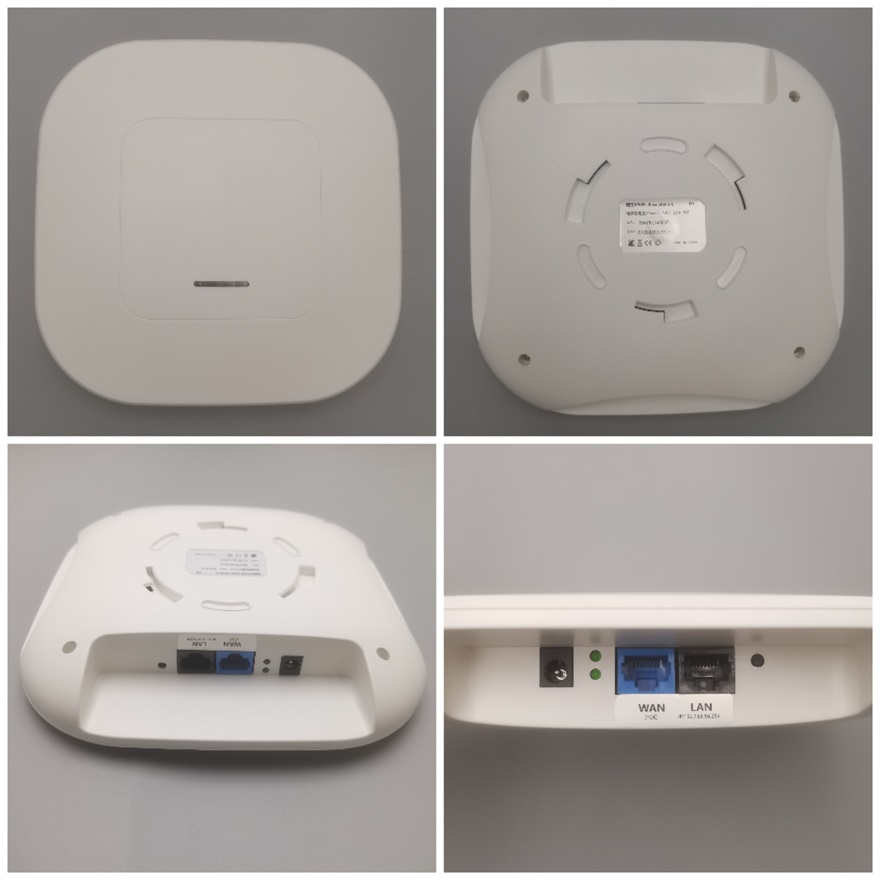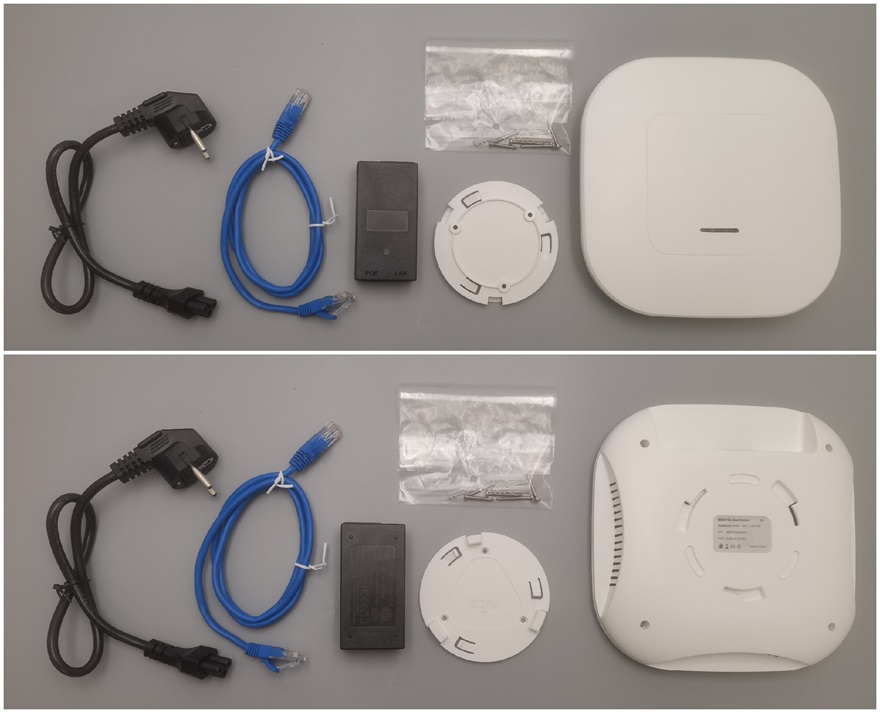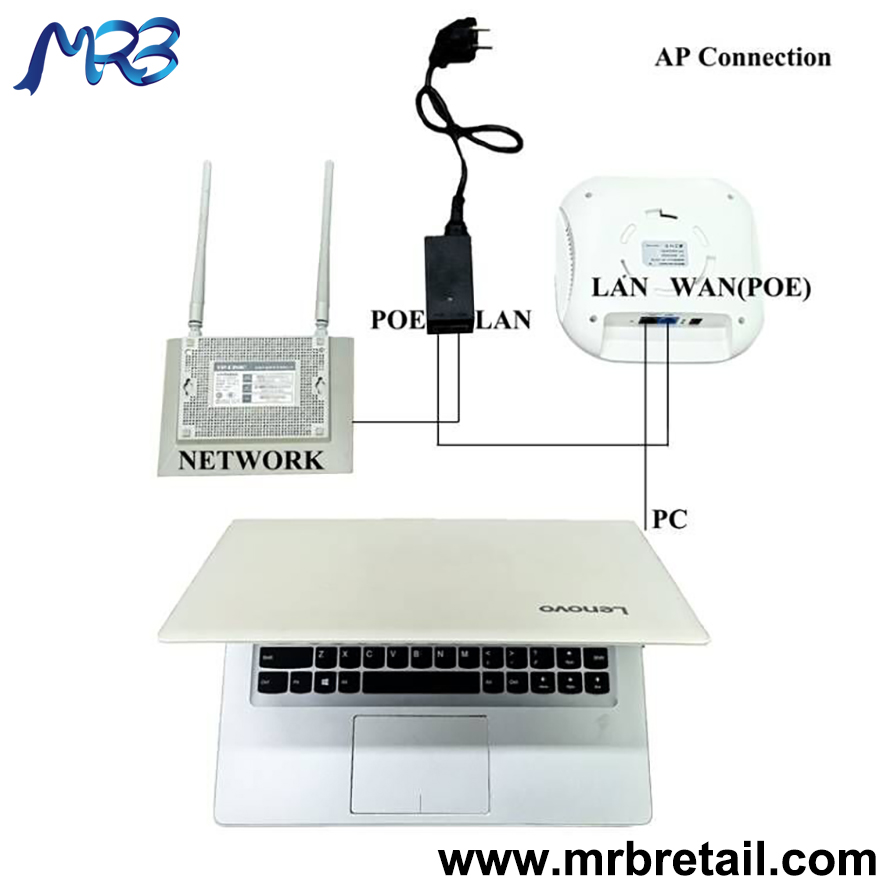HA169 New BLE 2.4GHz AP Access Point (Gateway, Base Station)

1. What is the AP Access Point (Gateway, Base Station) of the Electronic Shelf Label?
The AP Access Point is a wireless communication device that is responsible for data transmission with the electronic shelf labels in the store. The AP Access Point connects to the label through wireless signals to ensure that the product information can be updated in real time. The AP Access Point is usually connected to the central management system of the store, and can receive instructions from the management system and pass these instructions to each electronic shelf label.
This is the working principle of the base station: it covers a certain area through wireless signals to ensure that all electronic shelf labels in the area can receive the signal. The number and layout of base stations directly affect the working efficiency and coverage of electronic shelf labels.

2. Coverage of AP Access Point
The coverage of a AP Access Point refers to the area where the AP Access Point can effectively transmit signals. In an ESL electronic shelf label system, the coverage of a AP Access Point usually depends on multiple factors, including the number and type of environmental obstacles, etc.
Environmental factors: The layout of the store interior, the height of the shelves, the material of the walls, etc. will affect the propagation of the signal. For example, metal shelves may reflect the signal, causing the signal to weaken. Therefore, during the store design stage, signal coverage testing is usually required to ensure that each area can receive the signal well.
3. Specifications of AP Access Point
Physical Characteristics
Wireless Characteristics
Advanced Characteristics
Task overview
4. Connection for AP Access Point

PC / Laptop
Hardware Connection (for a local network hosted by a PC or laptop)
Connect the AP's WAN port to the PoE port on the AP adapter and connect the AP's
LAN port to the computer.

Cloud / Custom Server
Hardware Connection (for connection to a cloud/ custom server via network)
AP connects to the PoE port on the AP adapter, and the AP adapter connects to the network via a router/ PoE switch.

5. AP Adapter and Other Accessories for AP Access Point







